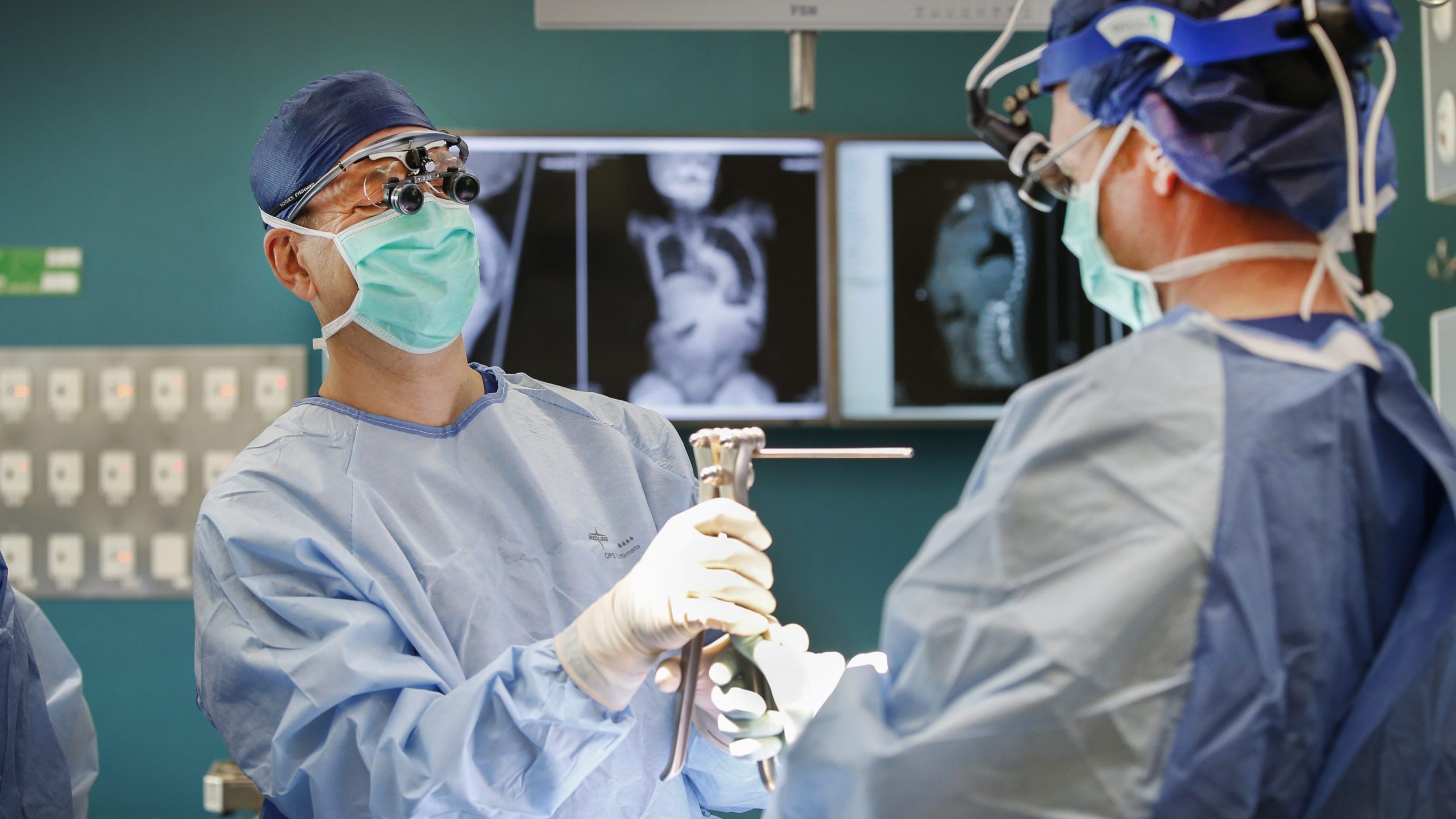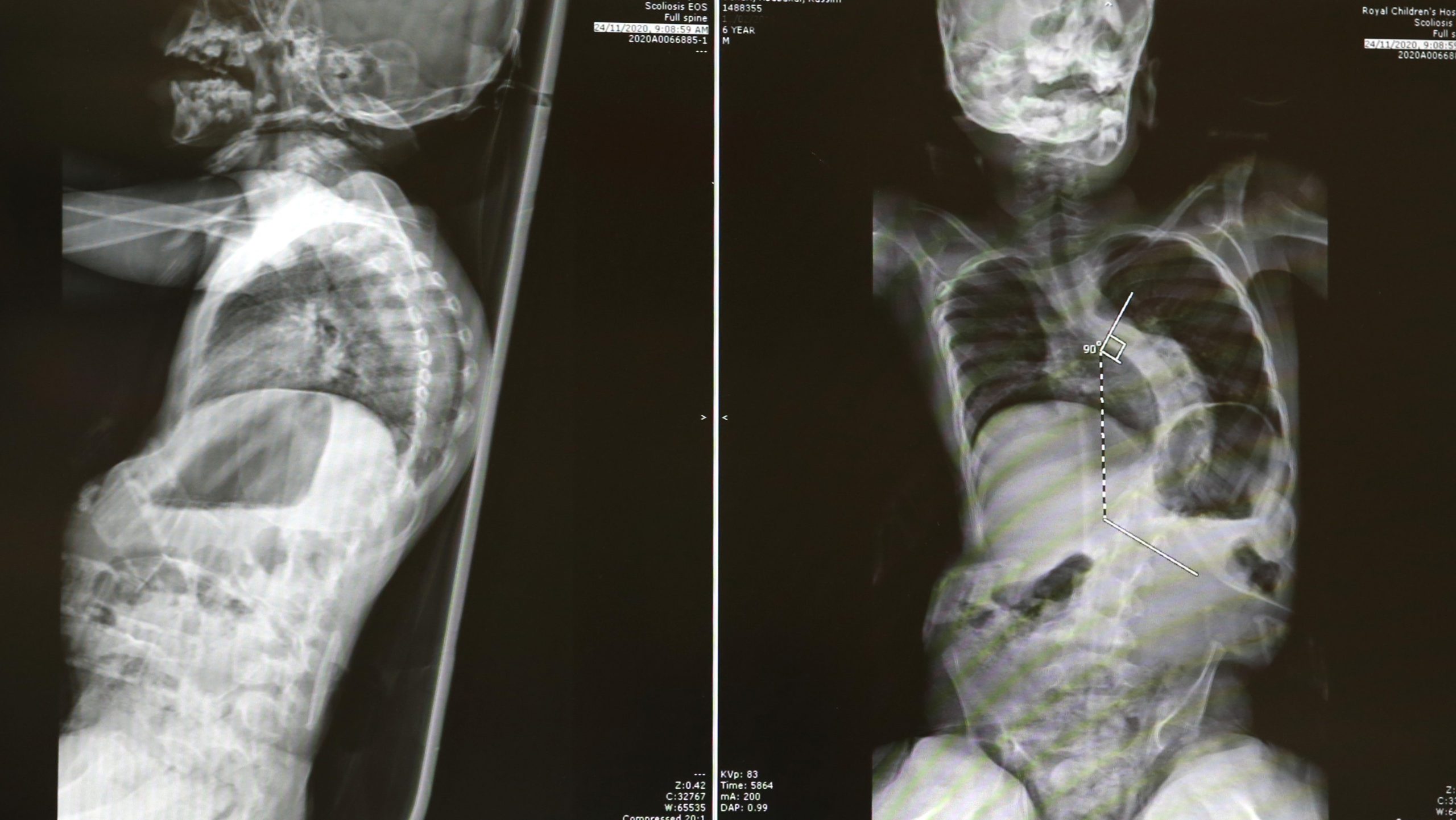Originally published in the Herald Sun for the Good Friday Appeal, 27 March 2021
Words: Brigid O’Connell
Photos: David Caird
Ready to stand tall and report for the next stage of life, Abubakar (Abu) Bakari had surgery at The Royal Children’s Hospital (RCH) to treat severe scoliosis. His spine was bent almost into the shape of a question mark in two directions — the sideways bend just as severe as his forward bend.
Age seven, Abu is one of the youngest patients on which the RCH orthopaedic surgeons have performed this procedure, which lengthened his spine using a sliding metal rod.
The Ardeer boy was born with a condition called arthrogryposis, in which joints and muscles fail to develop properly in the womb.
His dad Kassim said the condition had put his boy behind the starting blocks with development.
“He was still able to move and crawl around, but as the curve got pretty big, his balance was affected,” said Kassim.
“He would be crawling on his knees, but he would fall down.
“Later when he was older, sometimes we would go around the block as a family, but he would need his walker.”
With Abu experiencing increasing discomfort from his back, it was clear this was the year he needed surgery to straighten his spine.
Scoliosis usually begins to affect people in the teenage years, so Abu has an unusual early-onset version.
“It was a bit scary,” said Kassim.
“It was a big operation. We didn’t go into too much detail with him. We just said ‘we need to do something for your back’. He doesn’t complain too much about pain, but he was starting to feel some pain. He knew it was affecting him.”

In theatre last week, director of the RCH’s orthopaedic department Michael Johnson and spinal surgeon Aaron Buckland implanted two connecting metal rods into Abubakar’s spine; one end was attached just below his neck, and the other to a vertebrae in his lower spine.
As he grows, the rods will slide apart to bring his spine into alignment.
The team has used this sliding “growth rod” French technique for the past three years, and has become the second-biggest site to do so.
Mr Johnson said: “This sliding mechanism is one I’d liken to a cable tie. It can slide in one direction to achieve length, but it can’t go backwards.
“The main benefit is to avoid more surgery, because growth can happen without us having to do any more operating.”
It is a surgery that might soon be in hot demand, given the unit has recently received multiple referrals of teenagers with scoliosis.
Mr Johnson said he speculated that with COVID-19 lockdowns now ended, and teenagers now out, active and more visible to their parents, this could be behind the increased detection of back problems.
“It takes parents looking at their children and seeing the curve,” he said.
“One of the ways they get recognised is in dance class or phys-ed, and all of that wasn’t happening in lockdown.
“Otherwise when kids are on holidays in their bathers, it’s spotted then as well. I suspect a lot of kids are not being observed in those settings and it hasn’t been noticed they’ve developed quite a big curve to their back — that’s the theory.”

His surgeons will monitor his condition over the next few years to see if any more treatment is needed.
“The ideal situation is he grows and extends these rods out to their full extent — about 5cm — and doesn’t need any more operating ever again. That would be the rolled gold result,” said Mr Johnson.
With Abu now keen to return to school next term, Kassim said he hoped the surgery would free his boy to move through life with greater ease.
“He’s got a strong personality. I think what he’s been through has made him a much tougher kid,” he said.
“He’s a very switched on boy so whatever he decides to do I hope he can do that. I think it will be something to do with vacuums, perhaps making or designing them. He is obsessed with them.”
